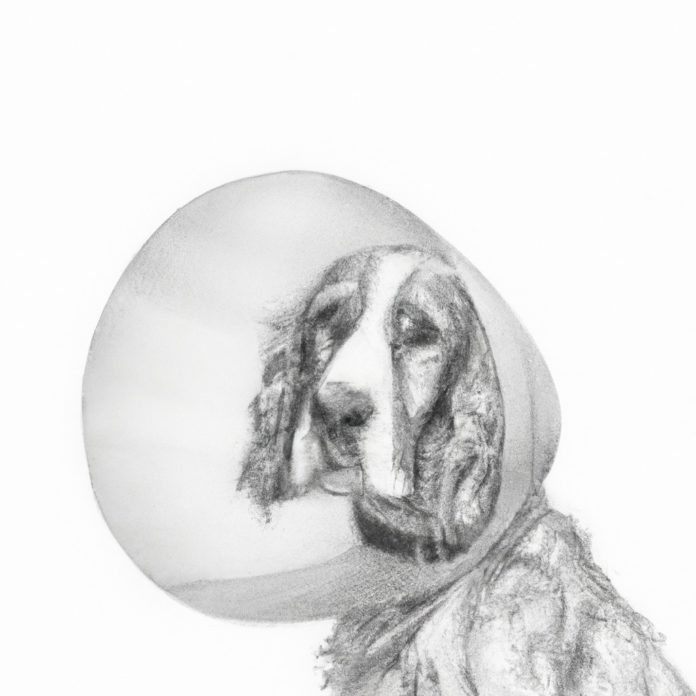Dear VetBabble: Is My Dog’s Incision Healing Properly After Spaying?
One of our readers recently asked us about their dog’s healing process after being spayed. They wanted to know if the incision appears to be healing properly, as it has only been six days since the procedure. They also mentioned that this is their first dog and would like some advice on how to ensure a smooth recovery. We are more than happy to help! In this article, we will discuss what to expect during the healing process, how to care for your dog during recovery, and general information about spaying.
How to Recognize a Healthy Healing Process
A healthy incision should have clean edges and appear slightly red and swollen for the first few days. You may also notice some bruising and mild discharge. However, if the incision becomes very red, swollen, or starts to ooze pus, this could be a sign of infection and you should contact your veterinarian immediately.
As your dog’s healing progresses, the redness and swelling should gradually subside. By the sixth day, the incision should start to look better, but it might take up to 10-14 days for it to be fully healed. Remember, each pet’s healing process can be different, so it’s essential to keep a close eye on your dog’s incision and consult with your veterinarian if you have any concerns.
Post-Spay Care: Ensuring a Smooth Recovery
To help your dog recover from her spay surgery, it’s crucial that you follow your veterinarian’s advice and take a few extra precautions at home. Some helpful tips for post-spay care include:
- Keep your dog’s activity level low for at least 7-10 days after surgery. This means no running, jumping, or rough play to avoid putting stress on the incision. A gentle short walk each day should suffice during the recovery period.
- Prevent your dog from licking, biting, or scratching the incision area, which can cause irritation and possibly infection. An Elizabethan collar (also known as an “E-collar” or “cone”) can be helpful in preventing this behavior.
- Check the incision daily for any signs of infection, such as increased redness, swelling, or discharge. If you notice any abnormalities, contact your veterinarian.
- Follow your veterinarian’s instructions on pain management and medications to ensure your dog is comfortable during the healing process.
For more information on caring for your pet’s wounds, check out our article on How to Treat your Dog’s Wounds at Home.
Why Spay Your Dog: Benefits and Considerations
Spaying your dog provides numerous health and behavioral benefits, including:
- Preventing unwanted puppies and helping control the pet population.
- Eliminating the risk of ovarian and uterine cancer.
- Reducing the risk of mammary tumors.
- Preventing the life-threatening condition called pyometra (an infection of the uterus).
- Reducing the occurrence of undesirable behaviors related to the heat cycle, such as aggression, roaming, and marking territory.
For more information on the benefits and process of desexing your dog, see our article on Desexing Your Dog.
It’s important to note that some dogs may experience spay urinary incontinence, a condition where a spayed female has difficulty controlling her bladder. This can happen as a result of changes in hormone production after the surgery. If you think your dog is experiencing this issue, consult your veterinarian, and read our article on Spay Urinary Incontinence in Dogs for more information.
In conclusion, it’s crucial to closely monitor your dog’s incision and recovery from spaying. By being attentive and following your veterinarian’s advice, you can ensure that your pet will heal and enjoy a healthy life. If you ever have concerns about your dog’s health, don’t hesitate to contact your veterinarian or check out our resources on pregnancy in dogs, such as our article about Pregnancy in Dogs.
Thank you for using VetBabble, and we hope this information has been helpful!









